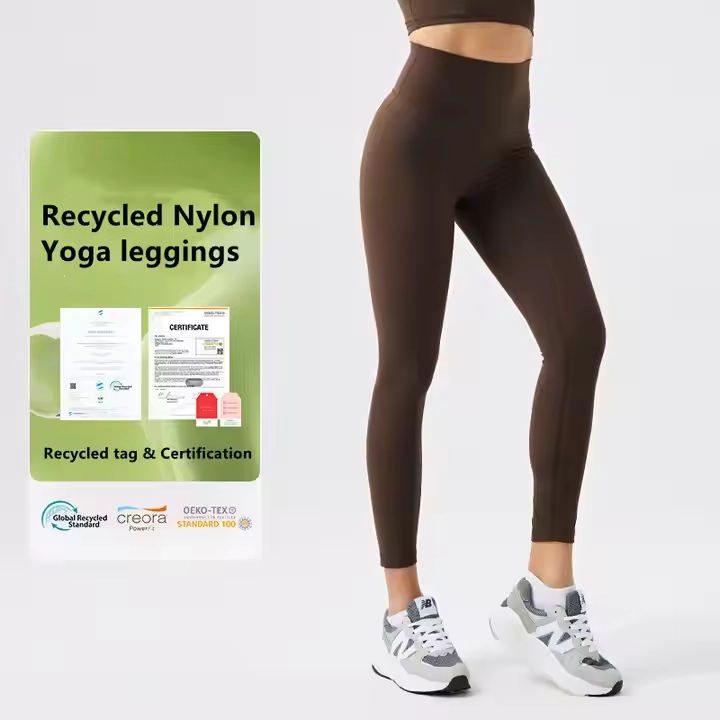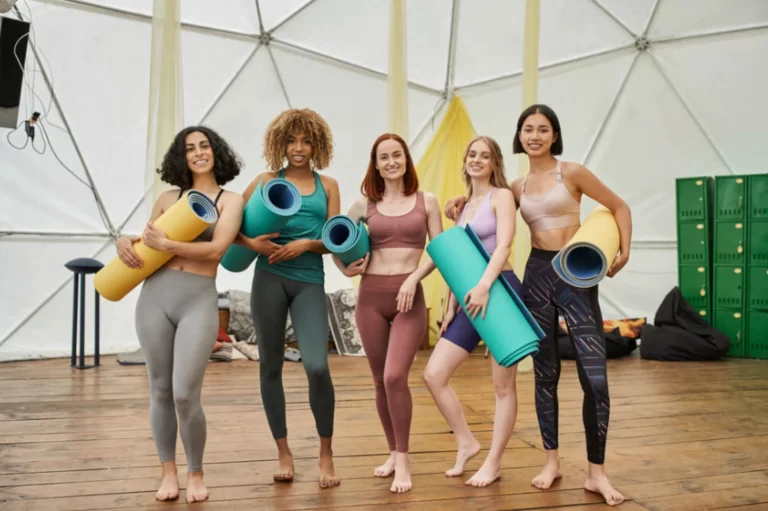Call Us At +86 17381572955
Embrace the Future of Fitness Fashion with Sustainable Activewear
The Rise of Eco-Friendly Fitness Gear
In recent years, the fitness industry has witnessed a significant shift towards sustainability. Eco-conscious consumers are now demanding more from their activewear, leading to a new era of sustainable activewear that performs well during workouts while minimizing environmental impact. This trend is not just a passing fad but a reflection of a growing global awareness about the environmental challenges we face.
What is Sustainable Activewear?
Sustainable activewear encompasses a wide range of fitness apparel, including:
- Yoga wear
- Running gear
- Cross-training outfits
- Swimming costumes
- Cycling apparel
These garments are designed with eco-friendly materials and production methods, crafted to withstand rigorous exercise while maintaining a commitment to environmental stewardship. The goal is to create high-performance clothing that doesn’t compromise the planet’s health.
Innovations in Sustainable Activewear
Recycled Materials
Many brands now offer activewear made from:
- Recycled plastic bottles (rPET)
- Reclaimed fishing nets
- Upcycled textile waste
- Recycled nylon and polyester
This approach diverts waste from landfills and oceans while reducing the demand for virgin synthetic materials. For example, some companies are using ECONYL®, a regenerated nylon made from waste materials including fishing nets and carpet flooring.

Eco-Friendly Fabrics for Yoga Wear
Yoga wear has seen a particular surge in sustainability. Popular eco-friendly materials include:
- Organic cotton: Grown without harmful pesticides or synthetic fertilizers
- Bamboo fabrics: Naturally antibacterial and moisture-wicking
- Hemp: Durable and requires less water to grow
- Tencel™ (Lyocell): Made from sustainably sourced wood pulp
- Innovative sustainable blends: Combining natural and recycled synthetic fibers
These materials offer both comfort and environmental benefits, aligning with the mindful practice of yoga. Many yogis appreciate the soft feel and breathability of these eco-friendly fabrics during their practice.
Dye Innovations
Sustainable activewear brands are also focusing on eco-friendly dyeing processes:
- Natural dyes from plants and minerals
- Low-impact synthetic dyes
- Waterless dyeing technologies
These methods significantly reduce water usage and prevent harmful chemicals from entering waterways.
Benefits of Sustainable Activewear
- Environmental Impact: Reduces waste and carbon footprint
- Performance: Often outperforms traditional activewear in breathability and moisture-wicking
- Durability: Longer-lasting, providing better value over time
- Ethical Production: Supports fair labor practices and transparent supply chains
- Skin-friendly: Many eco-friendly fabrics are hypoallergenic and suitable for sensitive skin
- Odor-resistant: Natural fibers like bamboo and wool have inherent odor-fighting properties
The Future of Sustainable Activewear
As technology advances, we can expect to see:
- Biodegradable fabrics that decompose safely after their useful life
- Closed-loop recycling systems for activewear, allowing old garments to be turned into new ones
- Integration of smart textiles with eco-friendly materials for performance tracking
- 3D-knitting technology to reduce fabric waste in production
- Biofabricated materials made from lab-grown proteins
Emerging Brands and Industry Shift
The sustainable activewear market is seeing a surge of innovative startups alongside established brands shifting towards eco-friendly practices. This competition is driving further innovation and making sustainable options more accessible to consumers.
How to Choose Sustainable Activewear
When shopping for eco-friendly fitness gear, consider:
- Material composition: Look for recycled or organic materials
- Brand transparency: Choose companies that are open about their supply chain and manufacturing processes
- Certifications: Look for labels like Global Organic Textile Standard (GOTS) or bluesign®
- Durability: Invest in high-quality pieces that will last longer
- Versatility: Choose items that can be used for multiple activities to reduce overall consumption
Conclusion
Embracing sustainable activewear is more than just a fashion statement—it’s a commitment to personal and environmental well-being. By choosing eco-friendly options for your yoga wear and other fitness apparel, you’re investing in high-quality gear and contributing to a more sustainable future. As consumers, our choices have the power to drive industry change towards more responsible practices.
The journey towards sustainability in the activewear industry is ongoing, with new innovations and improvements emerging regularly. By staying informed and making conscious choices, we can all play a part in shaping a more sustainable future for fitness fashion.



